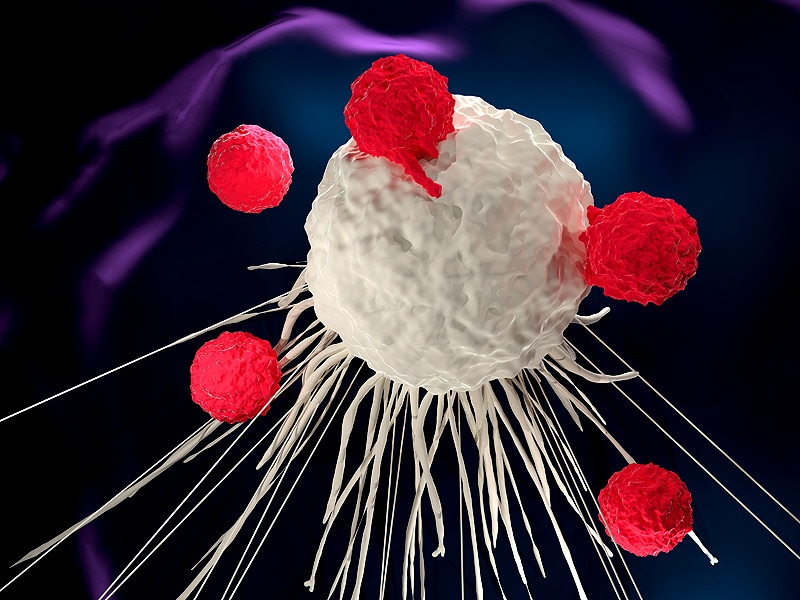Over half of patients with thrombocytosis have a pre-existing condition that could explain a high blood count, according to research published in the British Journal of General Practice.
The prospective cohort study used data from the English Clinical Practice Research Datalink 2000-2013 to estimate the one-year incidence of non-malignant diseases in patients with new thrombocytosis and the incidence of pre-existing non-malignant diseases in patients who develop new thrombocytosis. Fifteen candidate non-malignant diseases were identified from literature searches.
In the thrombocytosis cohort of 39,850 patients, 4579 (11.5%) were newly diagnosed with any one of the candidate diseases, compared with 443 out of 9684 patients (4.6%) with normal platelet count cohort (risk ratio, 2.5; 95% CI, 2.3-2.8). Iron-deficiency anaemia was the most common new diagnosis.
A total of 22,612 (56.7%) patients with thrombocytosis had a pre-existing non-malignant diagnosis compared with 4846 patients (50%) in the normal platelet count cohort (OR, 1.3; 95% CI, 1.2-1.4).
There was no statistically significant difference in cancer diagnoses between patients with and without pre-existing disease in the thrombocytosis cohort.
Although cancer is one of the primary clinical considerations when faced with a case of unexplained thrombocytosis, the study authors suggest that non-malignant conditions, like inflammatory bowel disease, giant cell arteritis and rheumatoid arthritis, may be the explanation.
“It seems reasonable to defer cancer investigation in a patient with one of those existing conditions, unless the patient has symptoms of a possible cancer."
Clarke C, Hamilton W, Price S, Bailey SER. Association of non-malignant diseases with thrombocytosis: a prospective cohort study in general practice. Br J Gen Pract. 2020 Nov 16 [Epub ahead of print]. doi: 10.3399/bjgp20X713501. View full text
This article originally appeared on Univadis, part of the Medscape Professional Network.


